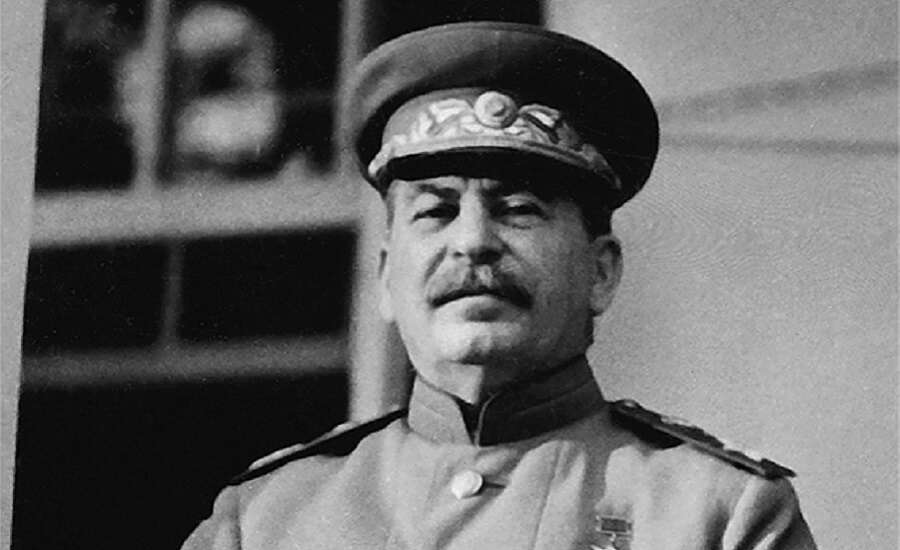
Photo by http://hdl.loc.gov/loc.pnp/cph.3a33351 on Wikipedia
Stalin’s repression against his own people happened on an unimaginably vast scale, and the GULAG system lay at its heart. Over four decades, twenty million convicts passed through this notorious system of forced labor camps. This tragic period in Soviet history and the stories of the inmates are told in Moscow’s State Museum of GULAG History, founded in 2001 by a survivor of the camps.
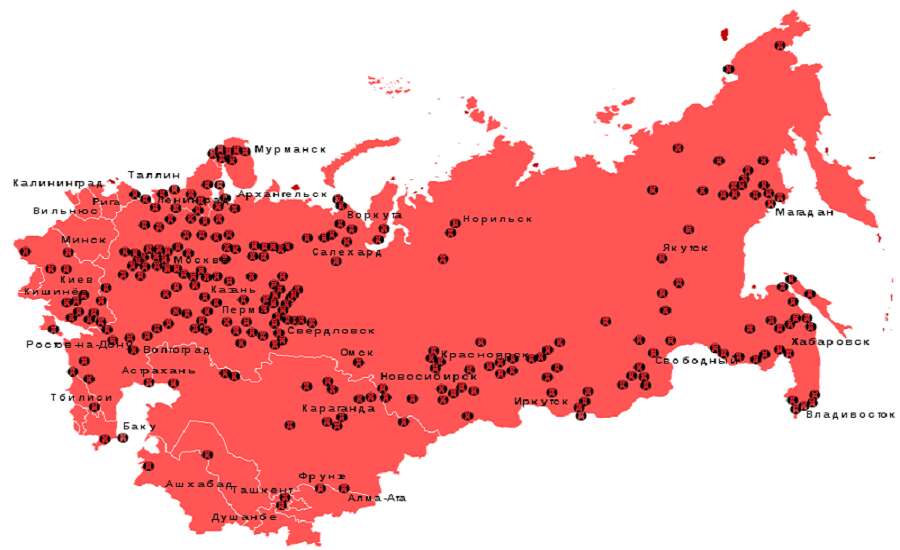
Photo by Antonu on Wikipedia
The history of distant labor camps and exile did not begin with the Soviets, but in the 17th century. The tsars saw Siberia and the Far East as prisons under the open sky, the perfect place to banish those who dissented – when surrounded by thousands of miles of tundra or taiga, escape was futile. But the Soviets transformed this tsarist system on an industrial scale. Following the revolution, Lenin set up the first successors to the tsarist prison camps, where forced labor would be used to ‘re-educate’ political dissidents and other criminals. The camp system expanded when Stalin rose to power – he himself had been exiled to Siberia and understood the power and terror of this form of punishment.
In 1930, Stalin created the Glavnoe upravlenie lagerei (Main Camp Administration) – also known as the GULAG, which became the backbone of the Soviet penal system. Camps were founded in isolated sites all over the USSR, from Siberia and the Far East to Central Asia and Eastern Europe. The most infamous gulags were located in the desolate far north or east of the Soviet Union – camps such as Kolyma, Solovki, and Bamlag. Prisoner numbers increased during the Great Purge of 1936-38, and dropped during the war as inmates were conscripted. But the number of people banished to this hellish exile increased dramatically in the post-war period, partly because freed Russian POWs were not liberated and honored for their service, but charged with ‘collaborating with the enemy’ and sentenced to decades in the gulag. The gulag system reached its peak by the end of the 1940s, overseeing more than five hundred camps.
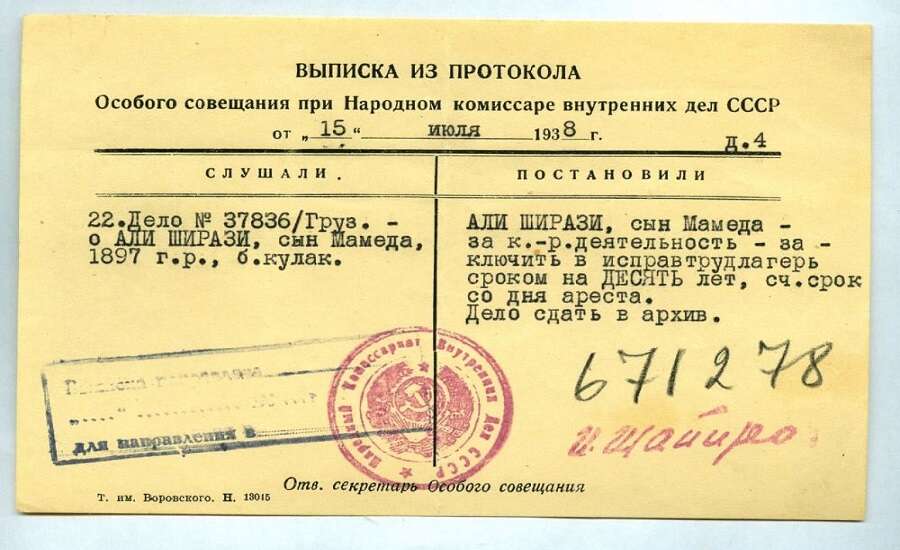
Did you know? Stalin made use of the vast numbers of imprisoned scientists and engineers. Special camps known as sharashka were set up to conduct research and develop military and intelligence technology, including atomic weapons.
As the gulag formed the primary penal system of the USSR, all kinds of prisoners (known as zeks) served their sentences there – from murderers, to non-violent political activists, to those condemned for petty ‘crimes’ such as lateness or absence at work, to innocent family members. Men, women and children alike lived and died there. Even if they survived their term at the gulag, ex-prisoners could not resume normal life. They were forbidden to work in certain professions and issued a ‘wolf ticket’ which prohibited them from settling within 100 miles of any city, essentially condemning them to exile.
Did you know? The punishment for being late to work three times was three years in a gulag. The sentence ‘ten years without the right of correspondence’ was merely a euphemism for execution by shooting.
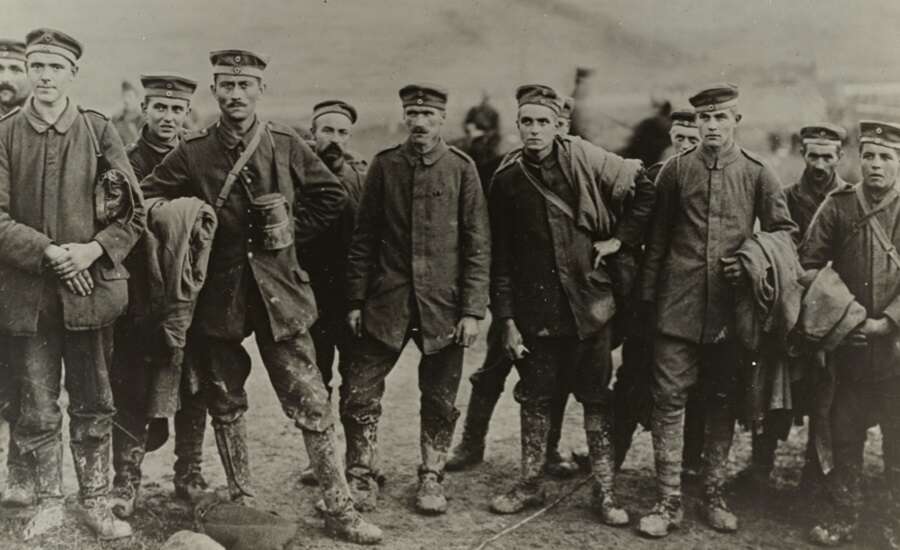
Photo by The New York Public Library on Unsplash
Stalin viewed the camps as a way to simultaneously quell dissidence and boost industrialization. Prisoners extracted the rich natural resources – gold, diamonds, timber – found in the deepest corners of Russia, and worked on vast construction projects such as railways, canals, and even entire cities like Norilsk and Magadan. However, just as the camps and exile of tsarist times failed to ‘inspire’ former inmates to successfully colonise the wild eastern lands of the Russian Empire, historians have agreed that the gulag’s attempt to drive industrialism with slave labour, starving inmates, and primitive tools was never economically profitable.
Did you know? Gulag labourers constructed parts of the Moscow Metro and the main building of Moscow State University, one of Stalin’s Seven Sisters skyscrapers.
The work was brutal and the workday long and arduous, sometimes lasting eighteen hours per day. Prisoners were housed in crude wooden barracks or even in tents. Due to the location of the camps, the weather was bitter and many suffered from frostbite or died of exposure. Meagre rations were withheld if prisoners did not fulfil their work quota, whereas productive workers received more food and better accommodation, and this vicious cycle led to the death of countless inmates. Emaciated convicts were so commonplace that a word emerged to describe them – dokhodiaga – which translates as ‘goner’. Some camps had mortality rates of 80%, and many who did not die of starvation or disease were executed.
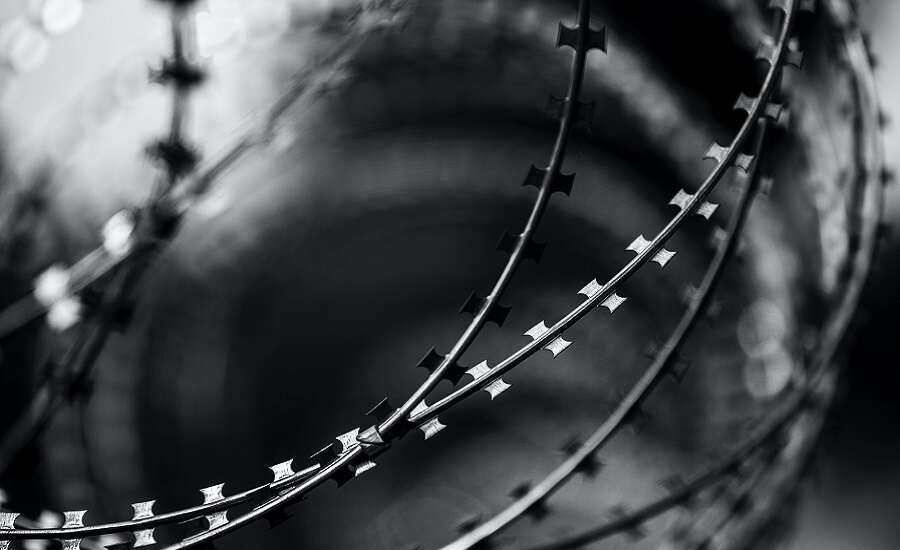
Photo by engin akyurt on Unsplash
By the time of the abolition of the gulag system in 1960, twenty million people had passed through the prison gates. 1.6 million never emerged, over a million of whom perished during the Great Purge and Second World War. Following Stalin’s death, a general amnesty was declared, and during Destalinization and Khruschev’s Thaw millions of prisoners were released and rehabilitated. Although the gulag was formally dissolved, penal colonies did not disappear as a means of punishment in Soviet Russia and they still exist today.
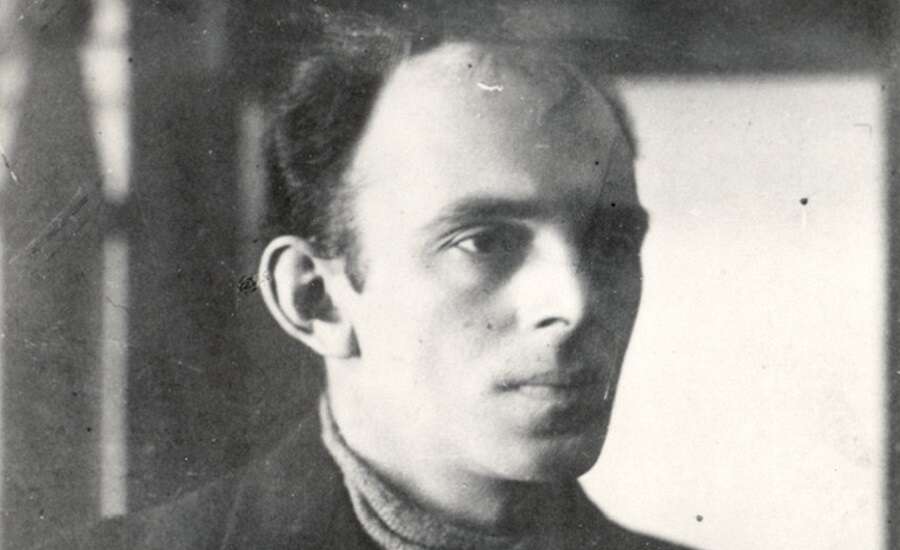
Photo on gmig.ru
Many eminent intellectuals and cultural figures found themselves on the wrong side of Stalinism and ended up in the gulag. Those who survived have retold their trauma in vivid and tragic depictions which emerged in the late Soviet and post-Soviet period.
Osip Mandelstam was one of Russia’s most prominent poets, but his satirical Stalin Epigram, written in 1933, turned out to be a death sentence. Indeed, Boris Pasternak referred to the epigram as ‘an act of suicide’. Mandelstam was first exiled for three years, then sentenced to 5 years in a Far Eastern camp, but died of typhus on the way. His wife Nadezhda (which means ‘hope’ in Russian) wrote her memoir Hope Against Hope, where she records her life with Osip and her family and friends’ existence under the increasingly repressive atmosphere of the 1930s.
Varlam Shalamov spent 17 years in the gulag system, most of this time in Kolyma. He wrote his masterpiece Kolyma Tales over a period of 25 years, a collection of short stories chronicling life in the camps, which were finally published in the USSR during glasnost.
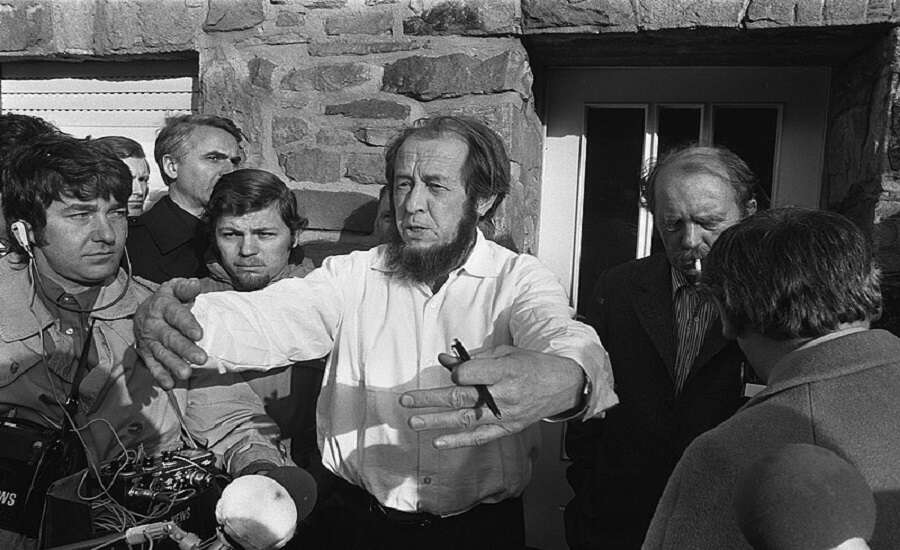
Photo by Anefo on Wikipedia
Alexander Solzhenitsyn was arrested in 1945 for criticizing Stalin in his private letters. He was first sent to the sharashka, and then to a camp in Kazakhstan where he witnessed extraordinary brutality. His short novel A day in the life of Ivan Denisovich was the first work to reveal the horrors of the gulag to the world. It depicts the dog-eat-dog world of the camp and recreates its atmosphere down to the tiniest detail. A day in the life was first published in the USSR in 1962, and Solzhenitsyn subsequently won the Nobel Prize in Literature in 1970. Later, he wrote his three-volume non-fiction tome The Gulag Archipelago, first published in the West in 1973, which presents the scattered prison camps as ‘islands’ in a country inhabited by zeks. Solzhenitsyn was forced to leave the USSR in 1974.
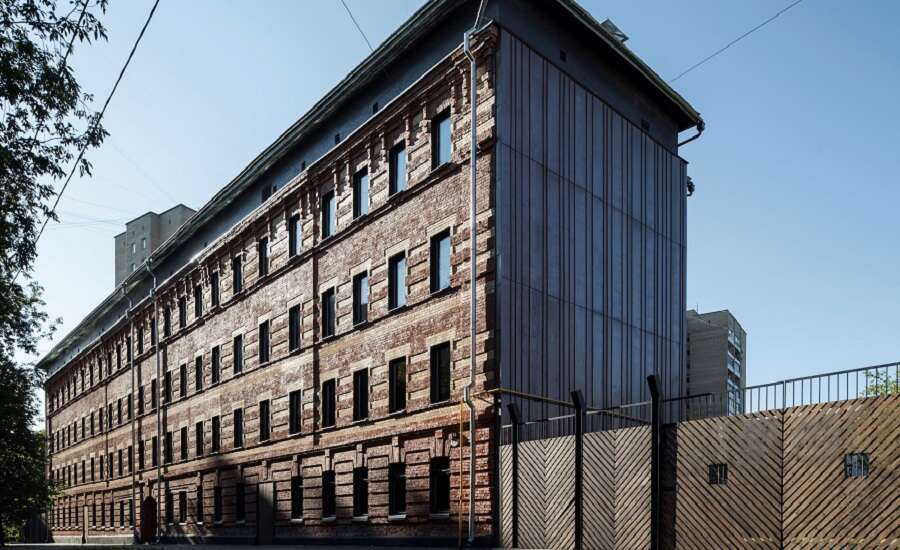
Photo on gmig.ru
Although 60 years have passed since the abolition of the gulag, the camps are still remembered with horror in Russia. In 2001, the State Museum of GULAG History was founded in Moscow by Anton Antonov-Ovseyenko, the son of a Bolshevik military leader, who was arrested in 1940 at the age of just 20, and spent 13 years in the gulag as an ‘enemy of the people’. The museum educates visitors about this painful period in Russian history and ensures that the mass repression of citizens can never be forgotten.
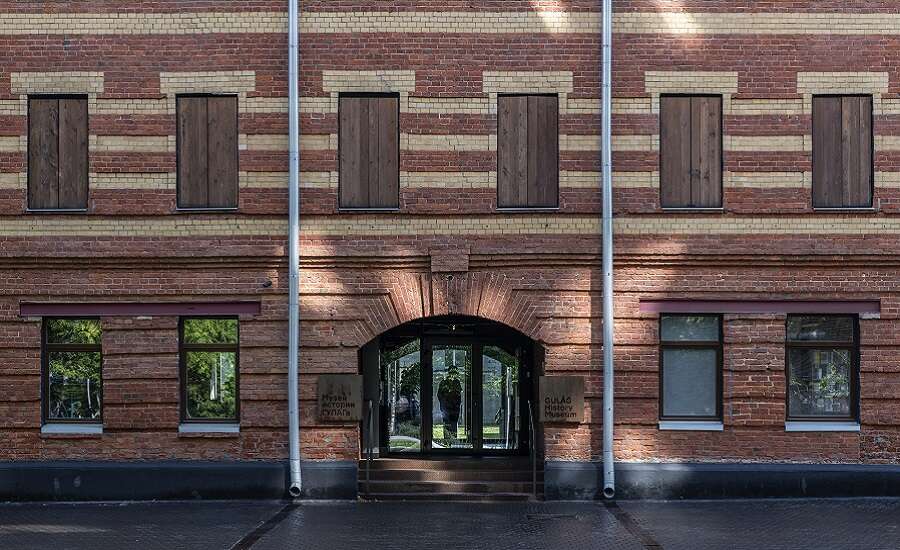
Photo on gmig.ru
The museum’s main exhibition, ‘The GULAG in the fate of our people and national history’, was opened on 10th December 2018 – the 70th anniversary of the Universal Declaration of Human Rights. The exhibition chronicles the history of the gulag between the 1920s and 1950s. It includes the ‘Interactive Map of the GULAG’, a database of archival materials, photos, memoirs and interviews which shows the sheer scale of this system of repression, teaching visitors about the gulag as a whole and the history of individual camps.
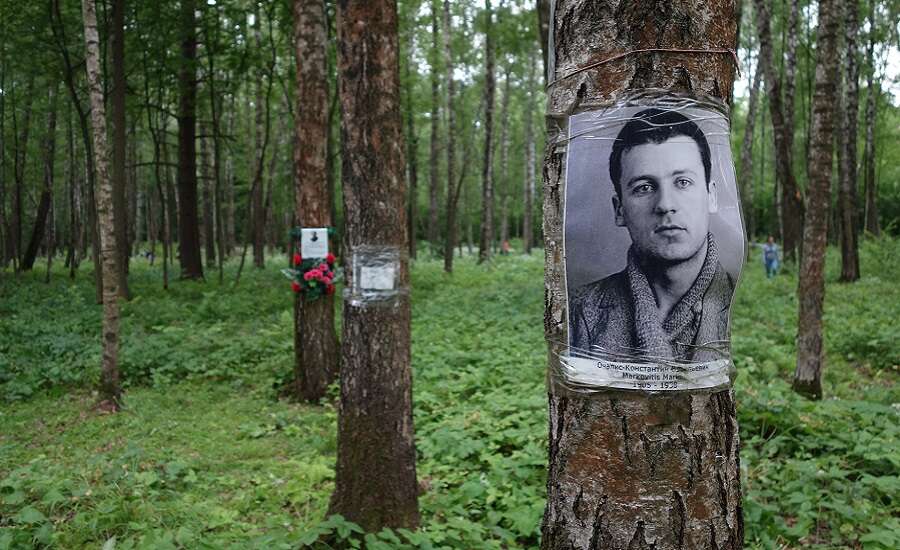
Photo on gmig.ru
Different halls are dedicated to work, life and death in the camp, showing prisoners' lives and survival strategies. The multimedia exhibition is complete with VR technology, allowing visitors to experience the camps. As well as showing the camps, the museum elaborates on the wider historical context of the time – the rise of the NKVD, the Great Purge, and forced deportations under Stalin. Another section tells the tragic story of the children of ‘enemies of the state’, who were caught in the crossfire of mass repressions and sent to the camps themselves or locked up in state orphanages after their parents were taken away.
The exhibition is unique in that it tells the story of the gulag not just through the ‘official’ reading of history and its statistics, but by focussing on the human experience of those who suffered from repression.
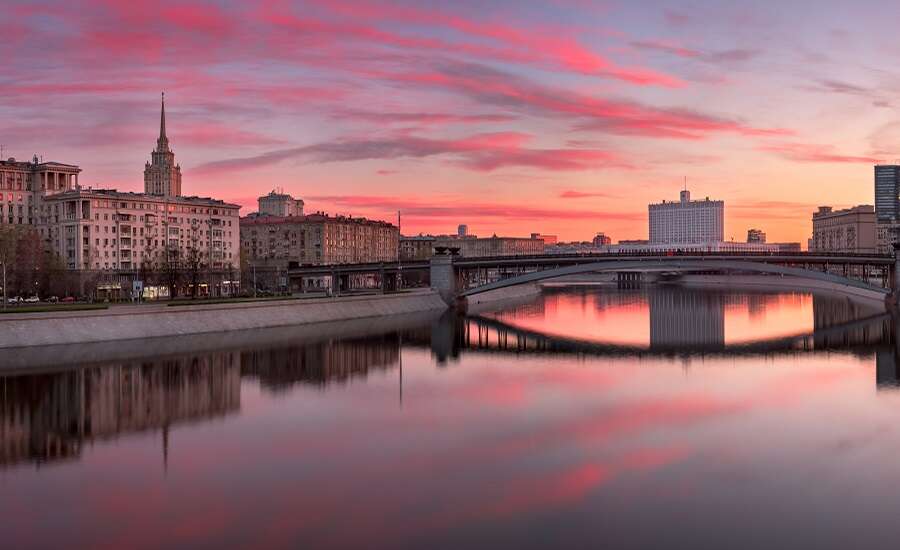
Photo by Andrey Omelyanchuk on Unsplash
Did you know? In 2017, the House on the Embankment became part of the Museum of GULAG History. This famous house on the bank of the Moskva River was home to the military, government, and cultural elites during the Stalinist period. Nearly 25% of its residents were persecuted during the Great Purge.
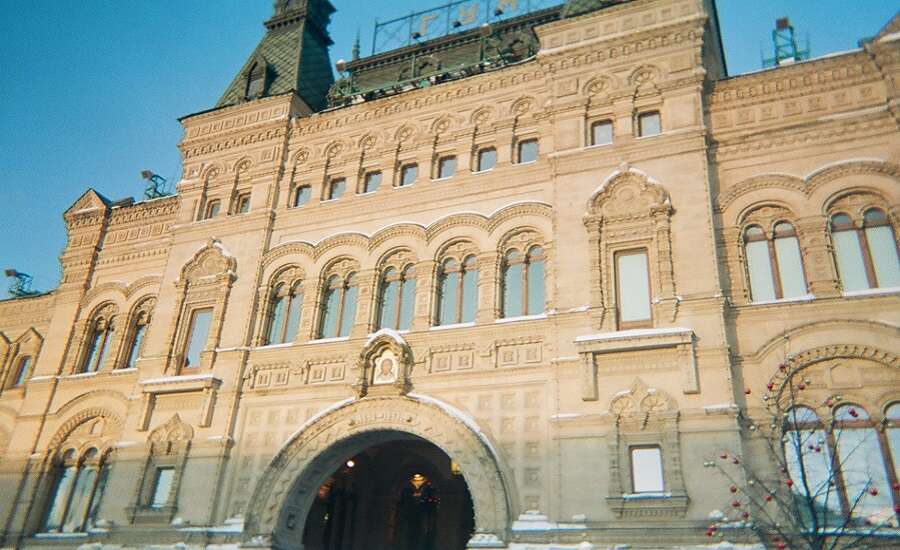
Photo by Maria Lysenko on Unsplash
All-Russian Museum of Decorative, Applied and Folk Arts: The only museum of its kind in Russia. Historical and current trends in decorative, applied and folk art are shown through 120,000 exhibits, including toys, homeware, furniture, porcelain and glassware.
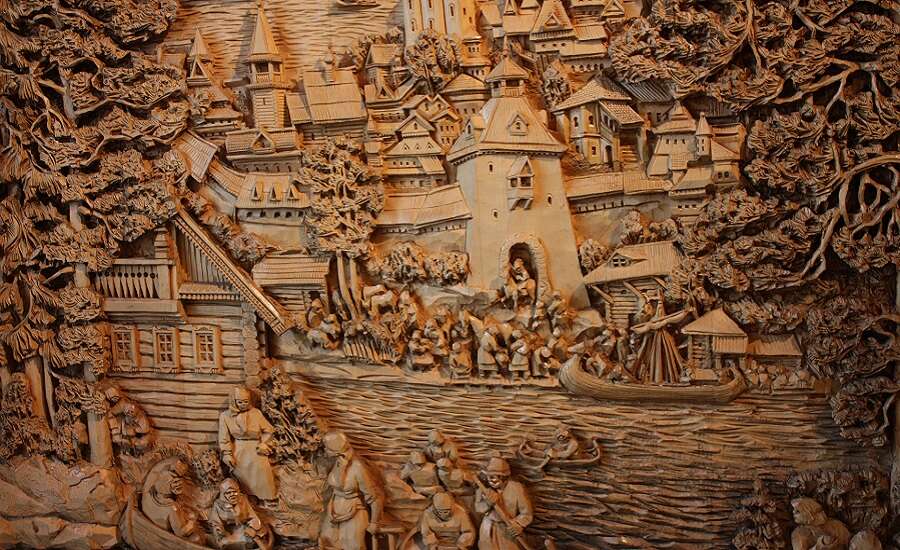
Photo by Eugenia Romanova on Unsplash
Ekaterinsky Park: A monument of 18th and 19th century landscaping which formerly belonged to the Saltykov noble family’s estate. Home to old, protected trees, a chapel, café, sports facilities, a large pond, and live music in summer evenings.
Address and contact details
1st Samotechny Pereulok, 9, Moscow, 127473
Website: https://gmig.ru/en/
Email: tours@gmig.ru
Phone: +7 495 681-88-82 (for excursions)
Nearest metro: Dostoevskaya (660m), Tsvetnoy Bulvar (1km), Novoslobodskaya (1.2km)
Opening hours and tickets
Tuesday to Sunday 12:00-21:00. Closed on Mondays and the last Friday of every month.
Adult tickets cost 400 roubles.
Join us on Facebook
We invite you to become a fan of our company on Facebook and read Russian news and travel stories. To become a fan, click here.
Join our own Russian Travel, Culture and Literature Club on Facebook. The club was created to be a place for everyone with an interest in Russia to get to know each other and share experiences, stories, pictures and advice. To join our club, please follow this link.